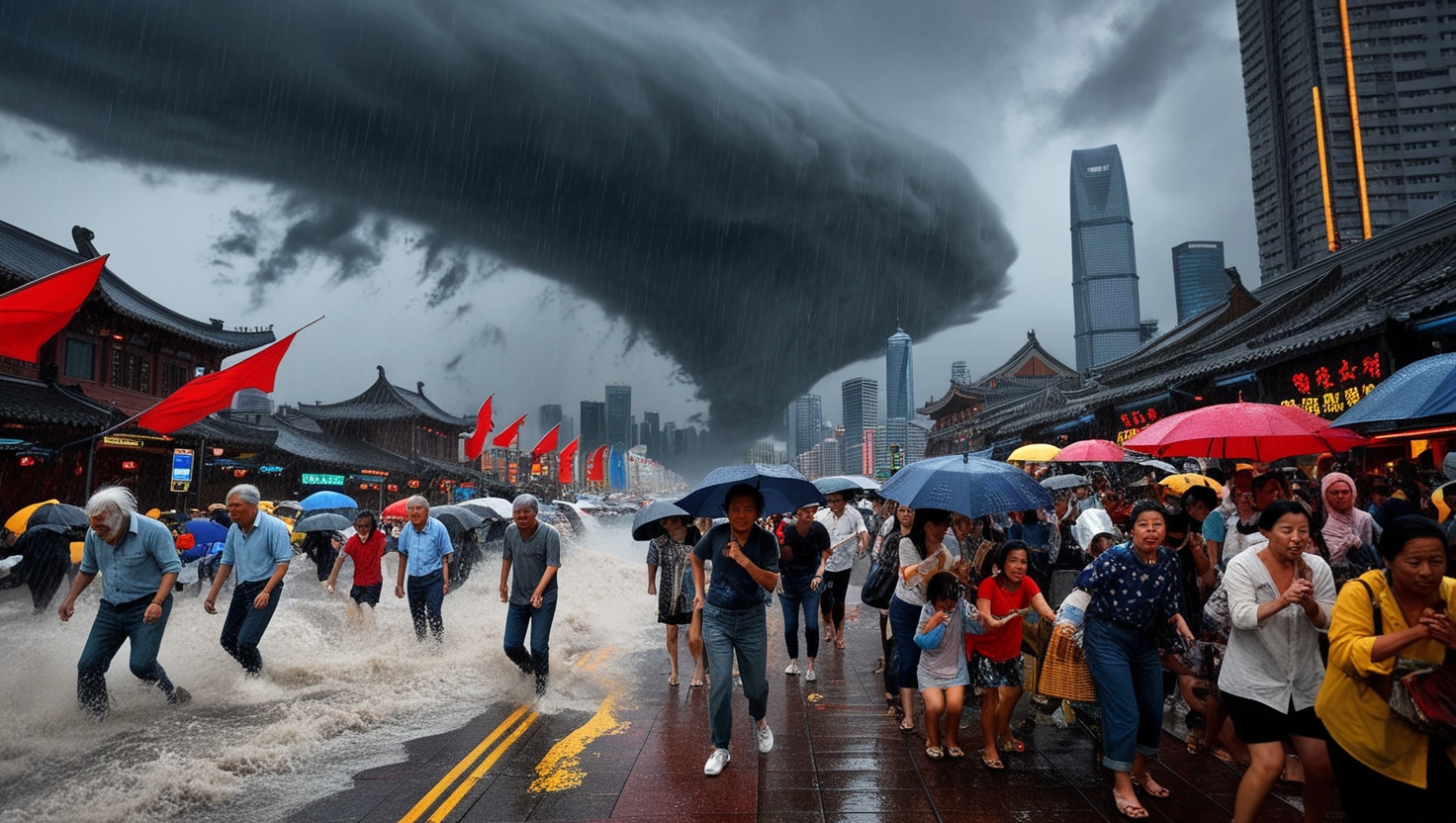Typhoon Bebinca expected to make a landfall

Typhoon
Typhoon Bebinca is making headlines as it approaches the eastern coast of China, particularly targeting the densely populated areas around Shanghai. The storm, classified as a Category 1 typhoon, is expected to bring significant rainfall and strong winds, prompting emergency responses and preparations across multiple provinces.
Current Status and Path of Typhoon Bebinca
As of September 14, 2024, Typhoon Bebinca was located approximately 840 kilometers southeast of Zhoushan City, Zhejiang Province, and was moving northwest at a speed of about 30 kilometers per hour. The China Meteorological Administration (CMA) predicts that the typhoon will make landfall between Taizhou, Zhejiang, and Qidong, Jiangsu, from the night of September 15 to the morning of September 16. It is anticipated to weaken gradually after landfall, but not before causing potential disruptions and hazards due to its intensity.
Impact and Preparations
Expected Weather Conditions
Bebinca is forecasted to bring heavy to torrential rainfall, with local areas experiencing extremely heavy rainstorms. The storm’s approach coincides with the Mid-Autumn Festival, a time when many people travel, increasing the risks associated with the typhoon. The Ministry of Water Resources has issued a Level-IV emergency response for potential flooding in Shanghai and surrounding provinces, including Jiangsu and Zhejiang.
Public Safety Measures
In light of the impending storm, Chinese authorities are taking proactive measures. Over 600 flights have already been canceled or rescheduled, and passenger shipping lines in Shanghai have been suspended. Major attractions, such as Shanghai Disney Resort, have temporarily closed their doors to ensure visitor safety. Local officials are urging residents to remain vigilant and adhere to safety guidelines, particularly regarding high-altitude work and transportation infrastructure.
Historical Context
Typhoon Bebinca is notable for being the strongest storm to hit Shanghai since 1949, surpassing previous records. With maximum sustained winds near its center reaching 151 kilometers per hour, it poses a significant threat to the region. Historical data indicates that typhoons making landfall during the Mid-Autumn Festival are not uncommon in China, with a notable proportion classified as strong tropical storms or stronger.
Conclusion
As Typhoon Bebinca approaches, the focus remains on public safety and preparedness. The combination of heavy rainfall, strong winds, and the timing of the Mid-Autumn Festival presents unique challenges for both residents and authorities in eastern China. Continuous monitoring and timely updates from meteorological agencies will be crucial in mitigating the storm’s impact as it makes landfall.





